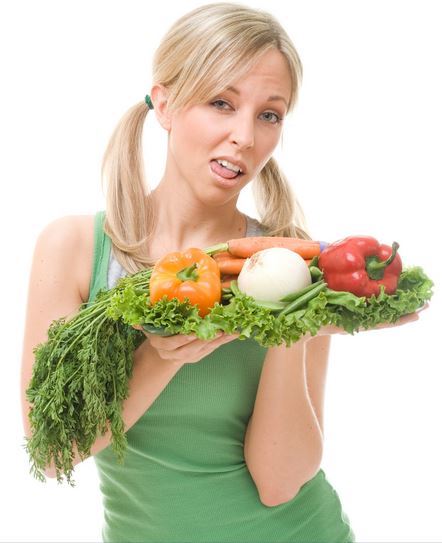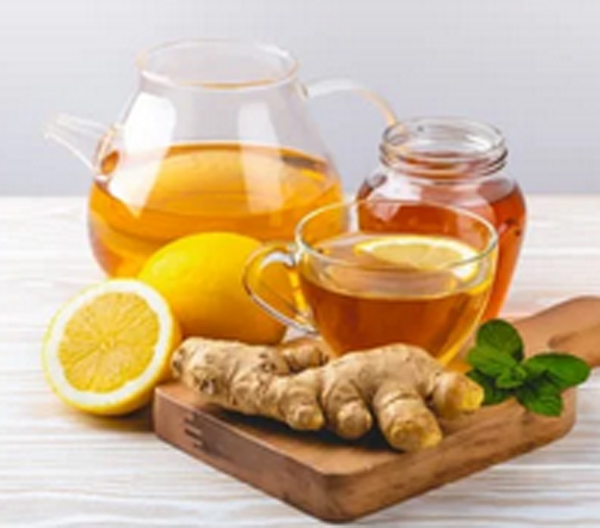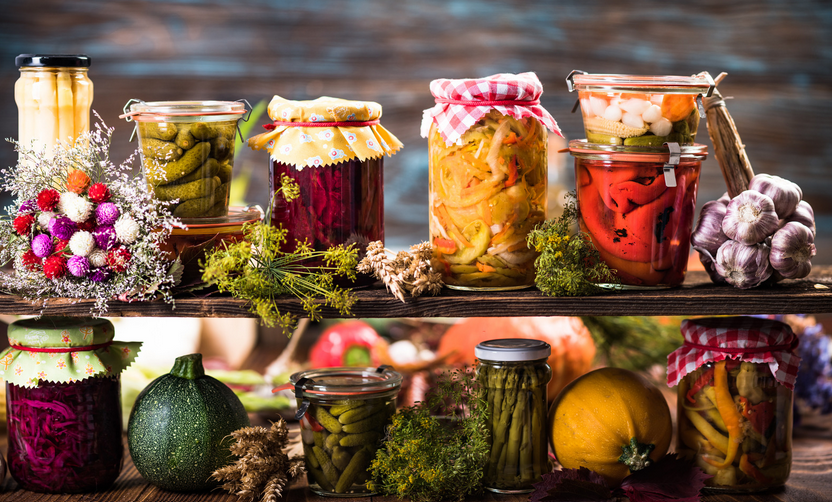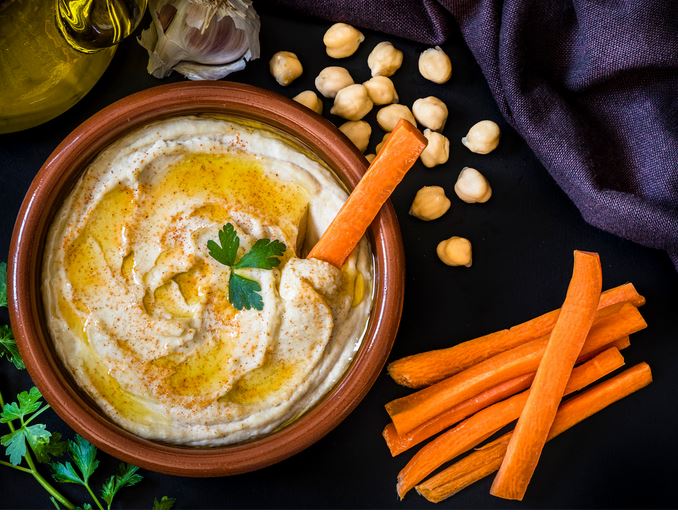Veggies tend to be weight-loss friendly, because most are low in calories, they are full of fibre which helps us feel fuller for longer and reduce snacking (although they do make great snacks too) and they have a high-water content, so they help with our hydration!
Do you Have Vegetable Resistance?
It could be due to the taste? We tend to go for the sweet and the salty and not so much for the sour and bitter. Sweet and salty foods are nature’s way of rewarding us for eating things that nourish us. There are natural sugars and salts in fruits and vegetables, and all carbohydrates are broken down into sugars that form the main fuel to drive all our bodies’ processes.
The sour and bitter flavors work in the opposite way. They alert us to foods that might be toxic or harmful to us, so our taste buds warn us right away. Vegetables, although very healthy, do have a component of bitterness to them. This could be from a low level of toxins created by the plant to avoid being eaten, or a kind of bitterness camouflage to make an animal think the plant is toxic. Since children in general have more sensitive taste buds than adults, designed to protect their more sensitive digestive systems, they’re not fond of bitter flavours. When you look at it that way, it’s not really very surprising that kids don’t want to eat their vegetables.
7 Easy Ways to End Vegie Resistance
- Use Salt
The best flavour for overcoming bitterness is saltiness. It also goes well with vegetables, which have natural salts in them. Although too much salt is not a good thing, if you eliminate processed foods from your diet, you will have taken away the major contributor and can use a moderate amount of salt in your cooking with no worries. Try a salty hit from tamari (or soy sauce), miso, mustard, olives or other pickled foods. The salt reduces the moisture, which reduces bitterness and helps them cook. Using an appropriate amount of salt during cooking will make a flavourful and satisfying dish.
- Marinate
Some vegetables can be marinated before cooking to reduce their bitterness. Things like eggplant, broccoli and kale are much more appetizing if you rub them with some salt and let them sit for 15 minutes or so before cooking. Balsamic vinegar or other flavourful sauces are also excellent marinades.
- Cooking Methods
The way you cook vegetables results in different flavours. Roasting causes the carbohydrates in vegetables to caramelize, which makes them much sweeter. Root vegetables like sweet potatoes, carrots and parsnips taste amazing when roasted. Tomatoes and capsicums are fantastic as well.
Some vegetables lose their bitterness when cooked lightly but get a more intense flavour if they’re overcooked. All of the cruciferous (broccoli, cauliflower, cabbage, kale, etc) are best when lightly steamed or stir-fried.
- Sauces and Dressings
A delicious sauce or dressing is immensely helpful in creating an irresistible vegetable dish, whether you’re eating raw or properly cooked vegetables. There’s no substitute for balsamic vinegar, which makes for a slightly sweet dressing. Mixed with olive oil and a pinch of salt makes a basic dressing. For a richer flavour try adding some crushed garlic, herbs and a bit of pureed raspberries, leaving it to marinate in the fridge. For a rich, creamy dressing without dairy, puree some avocado with water, a pinch of salt and whatever seasonings you like. If you like Asian flavours, a dressing of rice vinegar, tamari and a touch of sesame oil is wonderful. To make an amazing peanut dipping sauce for steamed vegetables or a stir-fry, add natural peanut butter or nut butter with a bit of water, rice vinegar and tamari. For even more taste add sesame oil and the juice from grated ginger. A red (tomato-based) sauce can be used for spaghetti, or over rice, or add some vegetables to the sauce. Another great sauce can be made with white cannellini beans, sautéed onion and garlic and a pinch of salt, for a filling, yet reduced-fat, creamy sauce for pasta or sautéed vegetables.
- Use a Sweet Flavour
Sweetness can’t neutralize bitterness but can enhance the sweet flavour. Use a small amount of maple syrup in salad dressing to help balance the flavours. Add fruit, like apples, oranges, mangos or dried cranberries to the salad.
- Choose your Vegetables
Some vegetables are sweeter and/or less bitter than others. Sweet potatoes, carrots, beetroots, butternut pumpkin and other root vegetables, have more sugars than other vegetables so they’re usually well-received. Try the stems of broccoli in a stir-fry, they have much less bite than the florets and remember red and yellow capsicums are much sweeter than green ones. Young vegetables are also softer in flavour, so baby spinach, zucchini and others can taste better that the fully-grown versions.
- Camouflage
If all else fails and the habit of not liking vegetables is winning, try camouflaging vegetables. Blend veggies into soups – pumpkin or sweet potato make great soups. Blend veggies into tomato sauce, or a bean dip or even try adding some to a fruit smoothie. Carrot cake and zucchini loaves, made thoughtfully with low levels of sugar and fat, can get your daily intake up, as can pumpkin muffins, beetroot chocolate cake or sweet potato biscuits.
So, here is your Vegie Resistance Summary
- Use of salt. A small amount of salt draws the flavour out of food.
- Marinating. Use things like tamari and vinegar on veggies for 15 minutes.
- Cooking methods. Cooking methods such as roasting and stir-frying enhance flavours.
- Sauces and dressings. There are many ingredients to add to your sauces. Try them!
- Use of the sweet flavour. Use a little honey or fruit to make a dish taste great.
- Choice of vegetables. Sweet vegetables such as beetroots, carrots, and red capsicum can make a dish taste better.
- Camouflage. When all else fails blend vegetables into soups and smoothies.
I hope those ideas have helped you add more veggies to your day and help reduce overall calories, help with hydration and add all important fibre to your diet! Enjoy!








0 Comments